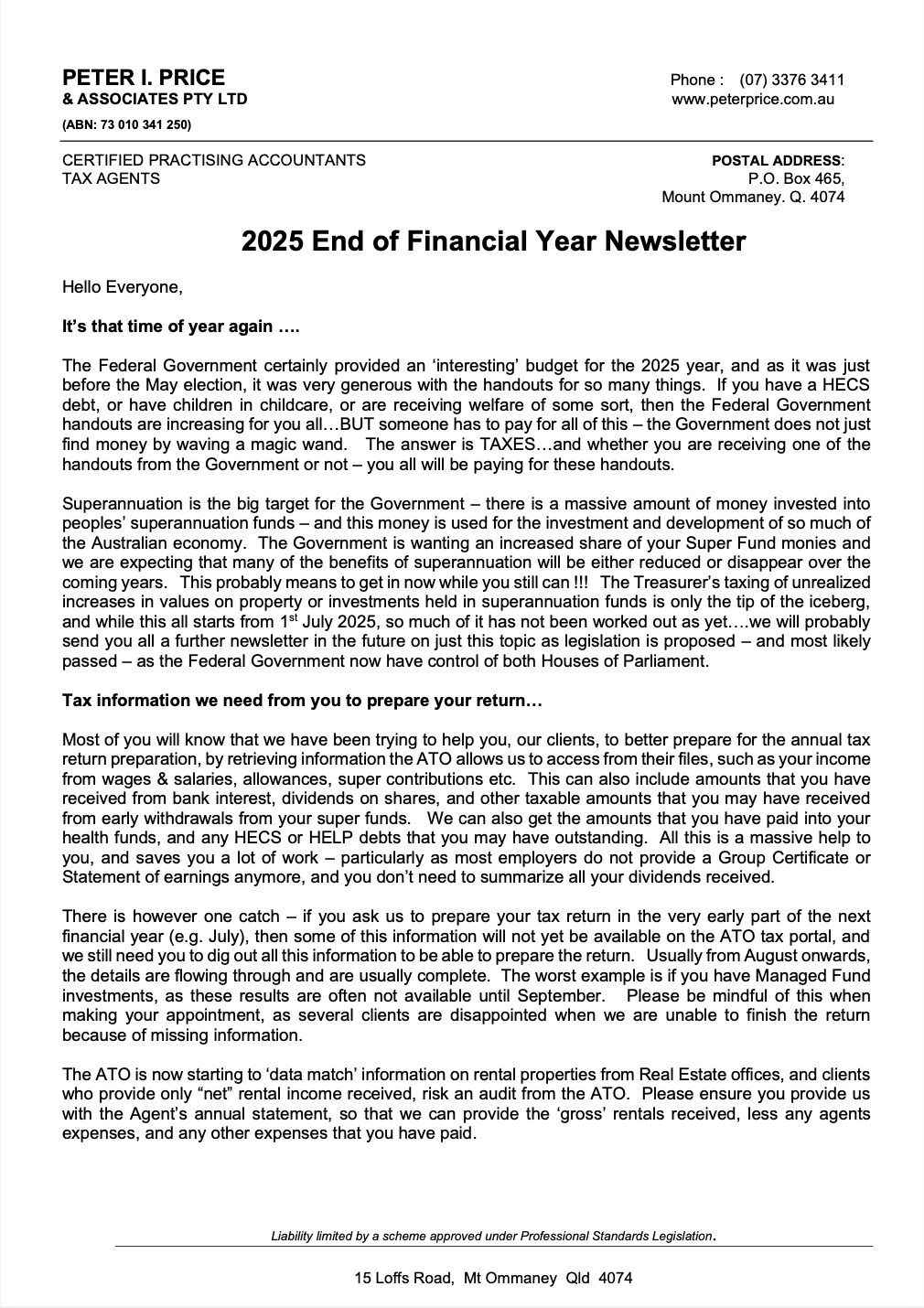5 things smart businesses do to stop copycats

.
While it may sound complicated, intellectual property (or IP for short) is really just about protecting what makes your business special and giving you space to grow.
The Australian IP Report 2025 numbers speak for themselves:
- small businesses that file for IP rights (like trade marks or patents) are 16% more likely to experience high employment growth.
- patents and trade marks can increase your business startup value by up to 20%, especially in those early, make-or-break stages.
IP isn’t just protection, it’s a power move. We’ve highlighted 5 common mistakes and how you can avoid them.
1. Your business identity isn’t automatically protected
You think trade marks are only for ‘big companies’ so you skip any checks, only to find someone else has snapped up your name.
Your creations are more than ideas – they’re valuable assets. IP Australia defines intellectual property (IP) as ‘creations of the mind’, which include brands, logos, inventions, designs, and artwork. IP rights help you protect those assets (and profit from them) by giving you legal control over how they’re used, licensed or sold.
Unlike inventory, your assets can’t be locked away or physically controlled. A registered trade mark gives you the right to use the registered trademark symbol, ®, and signals your brand is officially protected under Australian law.
Important: Registering a business name, ABN or domain doesn’t give you ownership of your brand. To get exclusive legal rights (and stop others from using it) you need to register a trade mark.
There’s more to trade marks than just words and logos. You can register all sorts of unique brand elements, from sounds, colours, shapes and even movement.
Think beyond business names, trade marks can also cover:
- colours (Cadbury purple)
- shapes (Coca-Cola's bottle design)
- sounds (‘O, O, O, O’Brien’)
- words (like Ford).
For the full list of trade mark types, see IP Australia’s guide.
What you can do now
- Run a free availability search – even if you’re already trading under your name, it’s not too late. Use one of the search options below to see if your name, logo, or slogan is already registered, to make sure you’re not taking someone else’s registered IP.
- TM Checker.
- Australian Trade Mark Search (ATMS).
- Review and refine.
- If your first choice is registered, tweak your name or design and re-search until you've got a clear path.
- TM Checker not only checks similarity, it will also flag if your first choice is not unique or ‘distinctive’ enough to be a registered trade mark.
- Lock in your online identity.
- Grab matching domains, social handles and even a provisional business name so no one else jumps in.
Find more information on how trade marks work with IP Australia’s guide to trade marks for small business.
2. Register your trade mark – don’t assume IP is only for industry giants
You shrug off trade marks as ‘beyond my budget’, lean on free copyright … only to snort coffee when you spot someone else using your design.
According to IP Australia, only 7% of Australian small businesses have any kind of IP protection. That means a lot of business owners are unknowingly taking a risk with their branding exposed.
Here’s the thing: copyright and trade marks aren’t the same, and relying on one without the other can leave your brand exposed. Copyright protection in Australia kicks in automatically (no registration or fees) when you create an original work.
So, if you created your branding, you are automatically the copyright owner. However, the best way of protecting your business name, logo and other brand elements, is by registering a trade mark.
Don’t forget trade secrets in your IP protection. Trade secrets are confidential business details (like secret recipes or methods) that provide a competitive edge. Unlike patents or trade marks, trade secrets aren’t registered with an IP office and are protected through secrecy and confidentiality agreements – think KFC famous ‘11 herbs and spices’ recipe for example.
What you can do now
Claim your automatic copyright.
- Keep dated drafts, email records or server-stored files as proof you created your original work, like artwork, writing or code.
Apply for a trade mark and remember you can have multiple trade marks protecting individual brand elements.
- A registered trade mark gives you exclusive rights to your brand name, logo or slogan, and offers stronger legal protection than copyright alone.
- Australia-wide protection lasts for 10 years and can be renewed indefinitely.
- Fees start from $330.
Learn more and get started with:
- For IP-related tools and research, explore Business resources.
- Follow this easy step-by-step guide with How to apply for a trade mark – IP Australia.
- For first timers use TM Headstart (guided application experience).
- Protect your business name or idea.
3. Keep good records of your IP
You tuck brainstorm doodles into a ragged notebook and then panic when someone challenges ownership, and you can’t find a single page.
Some IP protection is automatic and free (like copyright), while others (like trade marks) require registrations and fees. No matter the IP type, you don’t have to start with expensive legal fees – solid recordkeeping can save you a headache when challenging copycats.
What you can do now
- Gather evidence to dispute infringements: know that your first step is to challenge copycats with proof of ownership.
- Save dated versions: notes, sketches, emails or digital files.
- Email ideas to yourself or collaborators for automatic timestamps.
- Lock in ownership: get written agreements and flag anything as confidential with non-disclosure agreements.
- If you’re unsure, pause and secure it before sharing.
- Regularly back up your work in secure locations.
- Protect IP across your supply chain: if you're sharing specs with manufacturers or researchers, make sure confidentiality is kept.
- Keep patent/design ideas under wraps until you file your application.
4. Protecting your IP overseas
You go viral abroad, and suddenly your logo is on someone else’s merch.
It’s easier than ever to reach customers overseas thanks to global platforms like eBay, Amazon and Etsy. But that exposure also means international competitors can see (and copy) what makes your business unique.
That’s why international IP protection matters. If you’re planning to expand or are already selling internationally, make sure your IP is protected in those markets. An Aussie trade mark or patent won’t cover you overseas and if someone else registers your idea first, it can be hard (and costly) to fight back.
What you can do now
- Decide where you’re likely to sell.
- Check if your IP is protected in those countries.
- Explore international IP options: What is international IP?
Get expert help: Get professional assistance with your IP.
5. Get help from IP professionals
You wing your trade mark application after a late-night Google spree ... and accidentally file for something completely different.
Protecting your IP isn’t always simple. An IP lawyer or specialist can guide you through registering, managing and enforcing your rights, from launch to global expansion.
business.vic.gov.au

